This was a great tragedy for Turkey at the time since they have lost so many young lives in a time when Turkey repeated it's neutrality.
This sounds so close to Terminator's storyline.
This was a great tragedy for Turkey at the time since they have lost so many young lives in a time when Turkey repeated it's neutrality.
Thanks for clearing that up. By the way, I've always wanted to add Admiral Mehmet Ali Ulgen's photo:There is a plan to expand the timespan to 1928. So, all sorts of pictures related to the Interwar period, WW II and early Cold War are just fine.
At any rate the primary set of graphics being made by me has this picture for Turkey, that is not outdated even for 1950s


Given the turn of WWII events yes. Had there been a different situation, who knows...Which means the level of Turkish isolationism remained very high throughout the whole WW II
Was that actually an alliance ? What year did the Soviet-Turkish relations start to worsen ?
Turkish armed forces used different models through time. They even had the German stahhelms from World War I.I noticed that the Turkish soldiers are wearing the French-designed Adrian combat helmets. Was that a standard Turkish Army combat helmet back then and untill what year ?


Last quick note (I hope you don't mind them); there's a typo in Turkish Foreign Minister Tevfik Rustu Aras' name. Turkish alphabet does not have "w".

Not sure if you have a proper list but I have a few Turkish admiral names should you consider them:
Admiral Fahri Engin (betw. 1928-35)
Admiral Ihsan Ozel
Admiral Rıfat Özdeş (betw. 1949-55 later senator from Democratic Party)
Admiral Zeki Ozak (admiral between 1950-60)
Admiral Afif Buyuktugrul (admiral between 1955-60)

Sorry that last picture is of Zeki Ozak, admiral since 1950 and Chief of Turkish Navy between 1960-61.This is very valuable information. Do you have their photos by any chance ? Is that picture of Afif Buyuktugrul ? Do you know the service years of admiral Ihsan Ozel ?

Turkish naval policy between the establishment of the Turkish Republic and the Second World War was influenced by a set of institutional, domestic and international factors. Until the mid-1930s domestic political rivalry and Turkish military culture relegated the navy to a secondary role in support of the army for territorial defence. Because of the new republic's international isolation, naval policy was shaped largely in a diplomatic vacuum. Ankara gradually tried to take advantage of emerging great power rivalries in Europe to secure affordably priced naval arms. In the process, politically unsatisfied powers such as Germany and Italy figured prominently as suppliers of naval arms to Turkey. After 1934 changing international political and economic conditions weighed more heavily than domestic factors in setting the parameters of Turkish naval policy. The armaments programme adopted in 1934 provided for naval expansion to counter the Italian threat in the Aegean. This shift of emphasis is in naval policy also reflected Turkey's changing international status from an 'outcast' to a pro-status quo power. However, the coming of the Second World War denied Turkey the chance to build the fleet envisaged under its new naval programme.
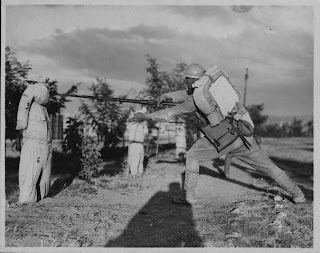
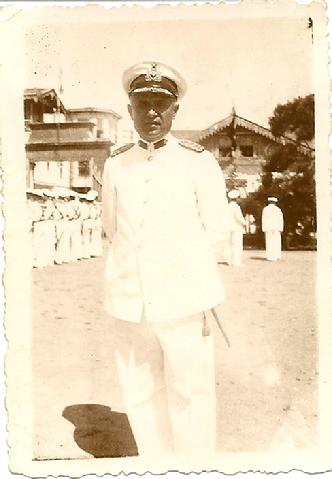
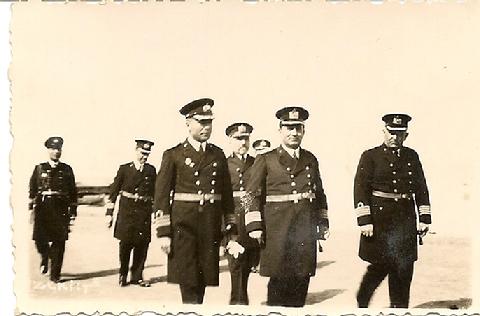
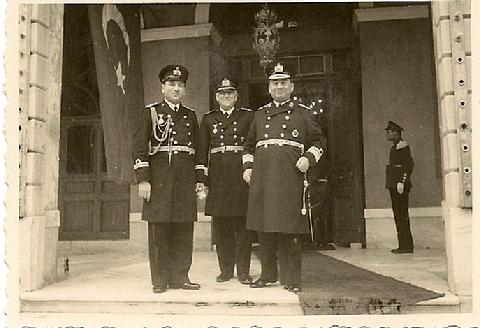
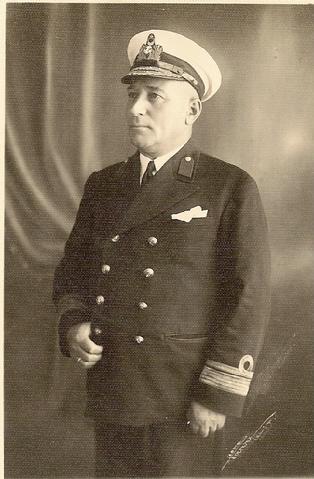
For those who are curious, link below is in Turkish but if you click on "Multimedia" written tab, you can access naval marches of the period.
http://www.denizlisesi.k12.tr/
Loaded this scenario as Bulgaria. Waited till the Turks DOW Greece. Then declared war upon Turkey myslef. The Turks already took Kavala. I moved my troops to Istanbul, easily took it, hoping I would make an encirclement of the Turkish troops invaded Greece. But instead of that the Turkish cavalry rushed from Kavala to Varna, cut off my 10 Bulgarian divisions in Istanbul, the Turks attacked Istanbul from 3 provinces at once and on the next day slaughtered all 10 Bulgarian divisions there. In just a few days, after Bulgaria joined the war, I lost most of my Bulgarian army and it was pointless to continue the game because I was left with practically nothing to continue the war and the Turks were already approaching Sofia.
Isn't Turkey AI a little bit too aggresive in your scenario ?
Excellent article about Turkish Navy can be found here:
http://ijnhonline.org/volume1_number1_Apr02/article_guvenc_turkey_navy.doc.htm
Loaded this scenario as Bulgaria. Waited till the Turks DOW Greece. Then declared war upon Turkey myslef. The Turks already took Kavala. I moved my troops to Istanbul, easily took it, hoping I would make an encirclement of the Turkish troops invaded Greece. But instead of that the Turkish cavalry rushed from Kavala to Varna, cut off my 10 Bulgarian divisions in Istanbul, the Turks attacked Istanbul from 3 provinces at once and on the next day slaughtered all 10 Bulgarian divisions there. In just a few days, after Bulgaria joined the war, I lost most of my Bulgarian army and it was pointless to continue the game because I was left with practically nothing to continue the war and the Turks were already approaching Sofia.
Isn't Turkey AI a little bit too aggresive in your scenario ?
My guess is you just didn't secure your flank well enough
Good scenario but please revise the event which sparks the war. I doubt patriotic Turkish Air Force pilots (whom Ataturk's own daughter is a member as a fighter pilot experienced in internal conflicts vs. Kurds) would override Ataturk's authority.
My guess is you just didn't secure your flank well enough
Maybe he did. To the best of his skills.
This is just a chorus. You expected actual sailors to sing?Are those ones really naval marches ? Because female voices (in addition to the male ones) are not very much typical of military marches.
This is the link you've been looking for:Yes, it's a very good article. I only wish they added some interesting illustrations to it. In that case it would have been not just a very good but a superb article



Turkish Fleet visiting Malta (UK) in 1936:

TCG Yavuz (former German Goeben) in Malta 1936:


This is just a chorus. You expected actual sailors to sing?
Some of them are. Actually TCG Yavuz on the picture is the only remaining German vessel from WWI since all the remaining vessels were scrapped by Allies after the war. Yavuz on the other hand had been refurbished after the war twice (1928 and 1934 in Golcuk Shipyard) by German engineers. The younger German engineers, having for the first time seen a German made vessel were fascinated.These Turkish ships look more like WW I - era vessels. Must have been obsolete stuff for 1936.
Then you should be relieved to learn that these are performed by Turkish Armed Forces Orchestra Band.Well, yes, who else ?As a rule military marches and songs are played and sung by military personnel.
Isn't Turkey AI a little bit too aggresive in your scenario ?
The point is I am currently busy improving the scenario. What if, let's say, I just give you detailed instructions how to modify the pictures so as they look closer to my style ? Would you mind to do that ?
